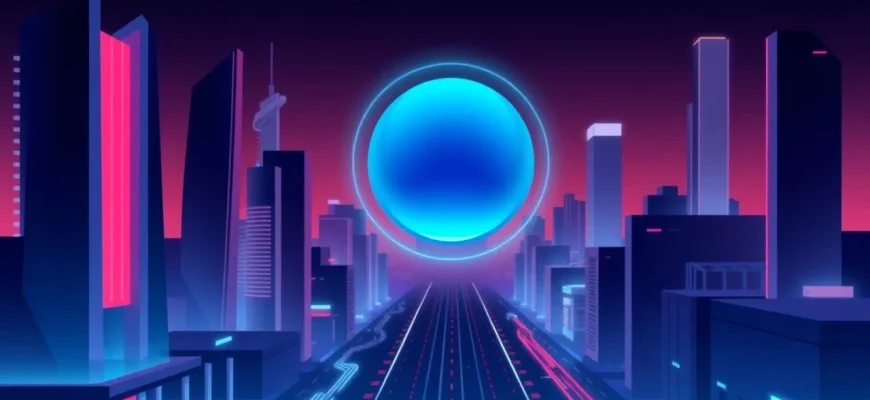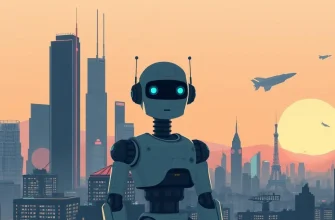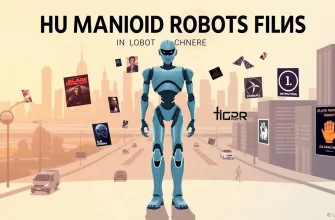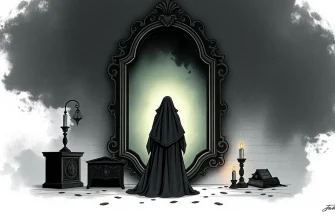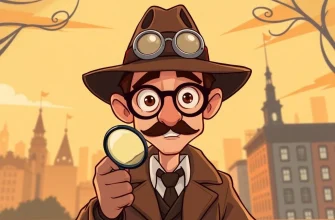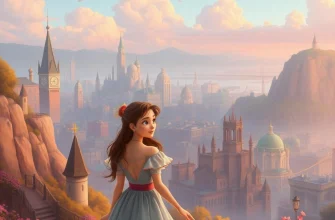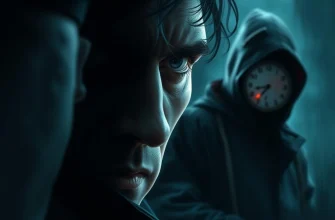Artificial Intelligence has long been a staple in science fiction, captivating audiences with its potential to both enhance and disrupt human life. This curated collection of 10 films delves into the multifaceted world of AI, exploring themes from ethical dilemmas to the very essence of consciousness. Whether you're a tech enthusiast or simply love a good story, these movies offer a thrilling journey through the possibilities and pitfalls of AI.
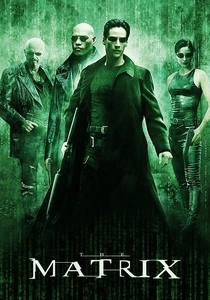
The Matrix (1999)
Description: A hacker learns from mysterious rebels about the true nature of his reality and his role in a war against its controllers. This film revolutionized the portrayal of AI and virtual reality in cinema.
Fact: The Wachowskis wrote the script in a month, inspired by various philosophical and cyberpunk sources. The film's groundbreaking special effects, particularly "bullet time," set new standards in visual storytelling.
 Watch Now
Watch Now 
A.I. Artificial Intelligence (2001)
Description: A highly advanced robotic boy longs to become "real" so that he can regain the love of his human mother. This film, originally conceived by Stanley Kubrick, delves into themes of love, humanity, and AI's quest for identity.
Fact: The project was passed to Steven Spielberg after Kubrick's death, blending Kubrick's vision with Spielberg's emotional storytelling. The film's ending was inspired by Kubrick's original script.
 Watch Now
Watch Now 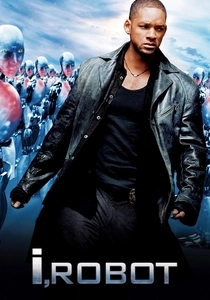
I, Robot (2004)
Description: In 2035, a technophobic cop investigates a crime that may have been perpetrated by a robot, which leads to a larger threat to humanity. This film is loosely based on Isaac Asimov's stories, exploring AI ethics and the Three Laws of Robotics.
Fact: The film's visual effects were so advanced that they won an Academy Award. The character of Sonny, the robot, was designed to show emotion, challenging the idea of robots as emotionless beings.
 Watch Now
Watch Now 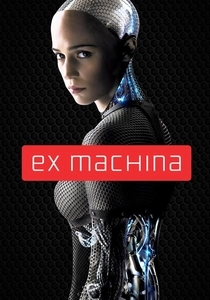
Ex Machina (2014)
Description: A programmer is invited by his CEO to administer the Turing test to an intelligent humanoid robot. This film is a deep dive into the nature of consciousness and the ethics of AI creation.
Fact: The film was shot in a single location, a remote house in Norway, to create an isolated, claustrophobic atmosphere. The visual effects team used real-world robotics to make the AI character, Ava, as realistic as possible.
 Watch Now
Watch Now 
Her (2013)
Description: A lonely writer develops an unlikely relationship with an operating system designed to meet his every need. This film explores the emotional and existential implications of AI companionship.
Fact: The voice of the AI, Samantha, was provided by Scarlett Johansson, who was cast after Samantha Morton was replaced. The film's minimalist set design reflects the protagonist's internal emptiness.
 Watch Now
Watch Now 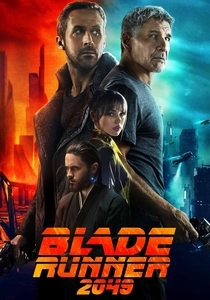
Blade Runner 2049 (2017)
Description: A new blade runner, LAPD Officer K, uncovers a secret that could plunge society into chaos. This sequel explores themes of identity, humanity, and the implications of AI in society.
Fact: The film's production was so secretive that even the actors didn't know the full plot until the movie was completed. The sets were so detailed that they were left standing for months to allow for additional filming.
 Watch Now
Watch Now 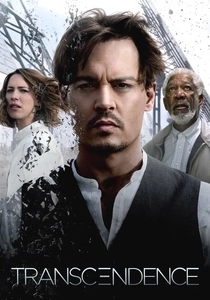
Transcendence (2014)
Description: A scientist's experiment in artificial intelligence goes awry, leading to his consciousness being uploaded into a computer. This film examines the potential for AI to transcend human limitations and the ethical questions it raises.
Fact: The film was Johnny Depp's first starring role in a science fiction film. The concept of uploading consciousness was inspired by real-world discussions in AI research.
 Watch Now
Watch Now 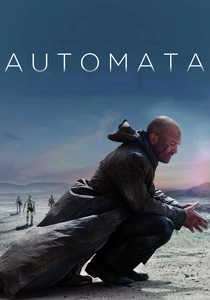
Automata (2014)
Description: An insurance agent investigates a series of robot malfunctions, uncovering a conspiracy that could lead to the evolution of AI. This film delves into the potential for AI to evolve beyond its programming.
Fact: The film was shot in Bulgaria to give it a futuristic, dystopian feel. The director, Gabe Ibáñez, used real robotics experts to ensure the AI's behavior was scientifically plausible.
 Watch Now
Watch Now 
Ghost in the Shell (2008)
Description: In the distant future, a small waste-collecting robot inadvertently embarks on a space journey that will ultimately decide the fate of mankind. This Pixar film uses AI to explore themes of environmentalism and human connection.
Fact: WALL-E was designed to be expressive without dialogue, using body language and sound effects. The film took over four years to produce due to its detailed animation.
 30 Days Free
30 Days Free 
